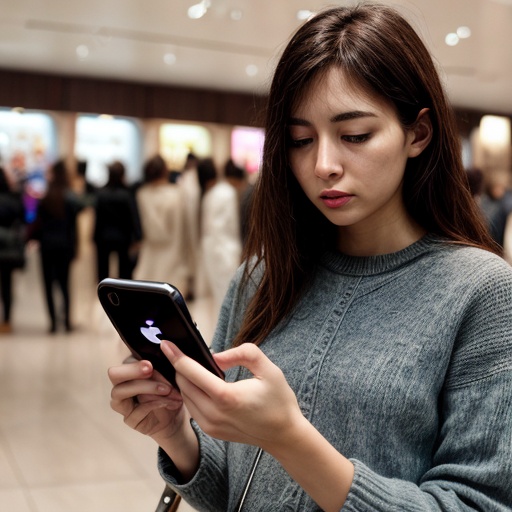
Advanced iPhone Security Breaches: How to Safeguard Your Device A sophisticated and alarming trend in iPhone theft has emerged, where criminals are exploiting the device’s security features to gain unauthorized control and lock users out permanently.
According to a recent report from the Wall Street Journal, these thieves are manipulating the recovery key feature, rendering the device’s owner unable to access their photos, messages, data, and more. In some cases, victims have also reported their bank accounts being drained after the thieves accessed their financial apps.
However, it is crucial to understand that executing this type of security breach is not a simple task. It requires the thief to either witness the user entering their passcode, such as by peering over their shoulder in public places like bars or sports events, or to deceive the user into sharing their passcode.
Only after obtaining this information can the thief proceed to steal the device. How Thieves Exploit the Recovery Key Once the thief has the passcode, they can change the device’s Apple ID, disable the “Find My iPhone” feature to avoid being tracked, and then reset the recovery key—a 28-digit code designed to protect users from online hackers.
Apple uses this key to help users reset or regain access to their Apple ID, enhancing security. However, if a thief alters this key, the original owner is left without access to the new code, effectively locking them out of their account. Apple has acknowledged the issue, stating, “We sympathize with people who have had this experience and take all attacks on our users very seriously, no matter how rare.
We work tirelessly every day to protect our users’ accounts and data, and are always investigating additional protections against emerging threats like this one.”
Protecting Yourself from Such Security Breaches While Apple is committed to enhancing security measures, users can take several steps to protect themselves from falling victim to such breaches: Protect Your Passcode: Use Face ID or Touch ID when unlocking your phone in public to avoid revealing your passcode.
Consider setting up a longer, alphanumeric passcode that is more difficult for others to guess. Change your passcode immediately if you suspect someone has seen it. Secondary Password: Although not officially endorsed by Apple, a workaround involves setting up a secondary password within the iPhone’s Screen Time settings.
This password is required before any changes can be made to the Apple ID, adding an extra layer of security. Data Backup: Regularly back up your iPhone using iCloud or iTunes to ensure data recovery in case of theft. Additionally, consider storing important photos and sensitive files in alternative cloud services like Google Photos, Microsoft OneDrive, Amazon Photos, or Dropbox to minimize potential loss.
Conclusion While the risk of such advanced security breaches remains low, it is essential for iPhone users to be vigilant and proactive in protecting their devices.
By following the steps outlined above, users can significantly reduce the likelihood of falling victim to these sophisticated attacks and safeguard their personal information. Stay secure and stay informed. Your digital safety is in your hands.